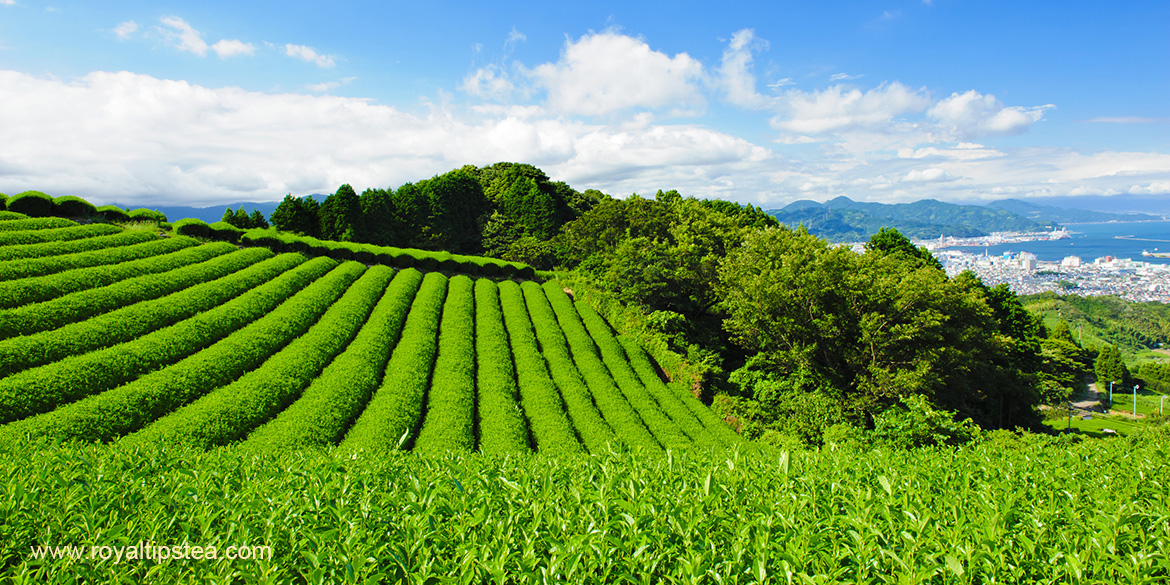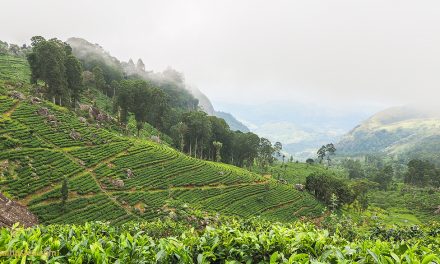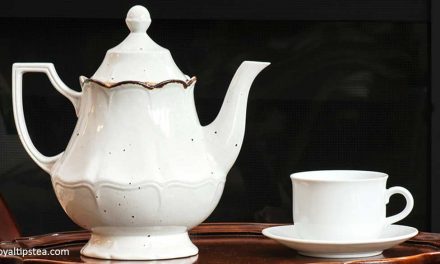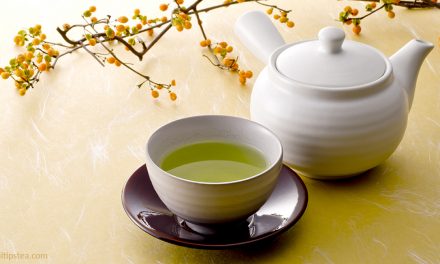The Japanese tea industry works quite differently from the tea industry in India, Sri Lanka, Africa, etc.
- Most of the teas are mechanically picked using hand-held hedge trimmer type machines or ride-on harvesting machines.
- The tea producers do not sort their tea at the end of the process; instead they sell the unsorted tea, known as ‘aracha’, to wholesalers who sort all the large batches of the teas they buy into different types which are then sold to retail outlets or international buyers.
- Teas are sold at auctions held in various parts of the country; however, unlike tea auctions held in other traditional tea producing countries, the buyers at a Japanese auction have not tasted the teas before the auction takes place; they examine the tea leaves very carefully and can ask to have them brewed if they would like to taste.
The names of Japanese teas give us a lot of information about each tea. Here is a list of the best known Japanese teas that are available in international markets.
Shincha (meaning ‘new tea’), also called Ichiban-cha (meaning ‘first tea’)
This is the very first harvest of the year. During the winter months, the plants store nutrients, minerals and amino acids such as L-theanine, so when the tea is picked in early spring (in mid to late April), the teas are wonderfully umami, sweet and smooth. Because of the very slow growth at the start of the season, only small quantities of Shincha are made each year; some Shincha teas are processed by machine and some by hand and the tea can be steamed or panned.
Sencha (meaning ‘simmered tea’)
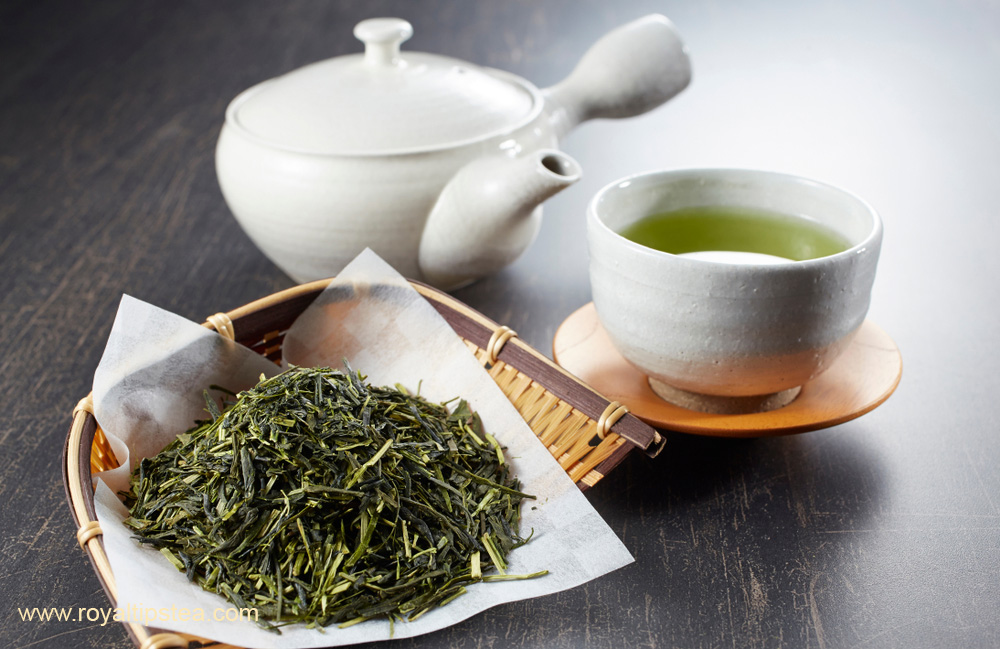
After the very limited Shincha harvest, Sencha is the first main harvest of the year and is processed by steaming, hence its name. This method of stopping oxidation by steaming the freshly picked leaves was invented in Japan in 1738. Most Sencha teas are harvested mechanically and can be processed by hand or machine; it is the most widely produced and consumed tea in Japan.
Bancha
Bancha is made from the 2nd, 3rd and 4th harvests picked in June, July, August and September, and is therefore a lower grade than Sencha. Most Bancha is harvested mechanically and can be steamed or panned.
Kabusecha (the word comes from ‘kabuseru’ meaning to cover or place on top)
Some of Japanese teas are shaded before they are picked. If the word Kabusecha appears on a packet of tea, it means it has been shaded.
There are two types of shading:
- ‘Jika-gake’ directly covers the tea bushes and cuts out approximately 50% of sunlight for between 7 and 10 days
- ‘Tana-gake’ shades the tea bushes under a framed canopy that sits several feet above the bushes; up to 90% of sunlight is cut out for 21 to 28 days before harvesting; in the past, rice straw and reeds were used to create the shade but today, modern materials which are easier to handle, are used.
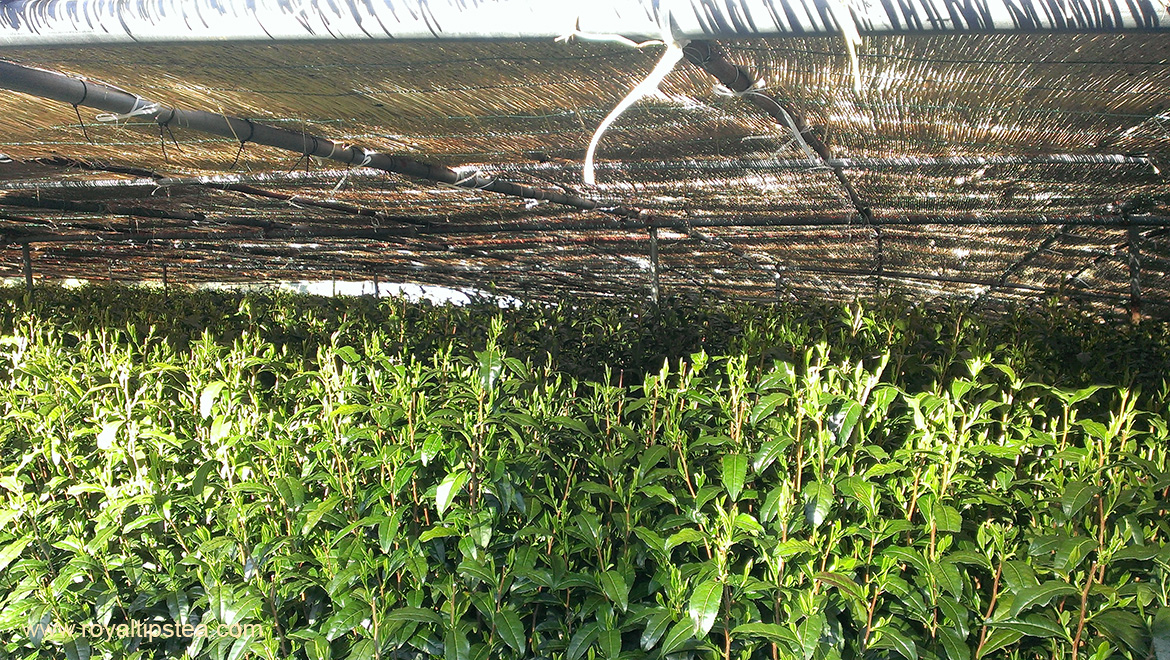
The idea of covering the bushes evolved when tea producers were trying to protect their bushes from frost; they found that if the bushes were shaded, the tea had a much sweeter, umami, more brothy taste. This is because, when tea bushes are grown in restricted sunlight, the leaves retain more of the sweet-tasting amino-acid called L-theanine, and develop fewer bitter-tasting polyphenols. The more the sunlight is cut out, and the longer the period of shading, the higher the level of L-theanine, and the sweeter and umami the taste of the tea. Shaded teas also contain more chlorophyll and caffeine.
Some Sencha teas are shaded by the ‘jika-gake’ method and are therefore a better quality, more umami and sweeter than unshaded Senchas.
Gyokuro (meaning ‘jewel dew’, ‘jade dew’ or ‘precious dew’)
Gyokuro is considered the very best of Japanese teas and is brewed with more leaf than usual to the amount of water. It is a very special tea and is drunk in small quantities from small tea bowls on special occasions. It is shaded for 21 to 28 days by the ‘tana-gake’ framed canopy method and is picked by hand in late April and early May, at the beginning of the season. It is usually processed by hand using the ‘temomi’ (meaning hand-rolled) method on a special heated table called a hoirou table.
Tencha (meaning ‘mortar’ or ‘grind’)
The name of this very special tea refers to the fact that Tencha is ground to make Matcha, the finely powdered green tea that is whisked into hot water and served at a Japanese Green Tea Ceremony. Tencha is shaded in the same way as Gyokuro and is picked, processed and dried in the early part of the season. All the stalks and fibres are removed from the dried tea so that, when it is ground to make Matcha, it is only the finest fleshy part of the leaves that are used. The grinding must be carried out very slowly in traditional stone mills and only 40 grams of matcha is made in one hour. If the grinding process is speeded up by more modern methods, there is a risk that the tea will be damaged by the build up of heat.
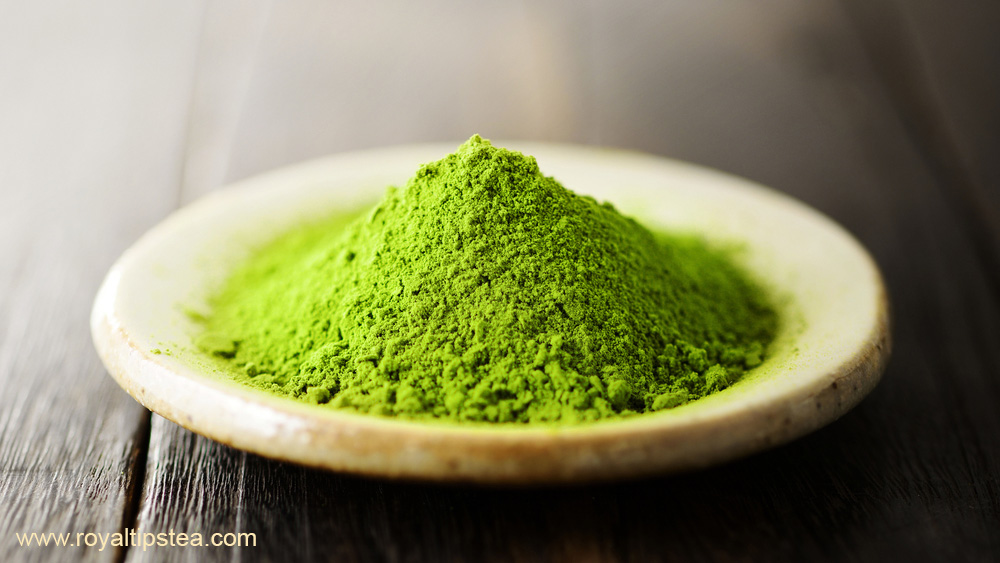
Karigane (meaning ‘cry of the wild goose’ or ‘wild goose’)
Karigane is the stems, stalks and twigs that have been separated from Gyokuro or shaded Sencha. This tea therefore has a sweet, brothy and umami character. The name comes from the fact that the small pieces of stalk that float in the tea while it is being brewed look like pieces of driftwood that provide a welcome resting place for wild geese during their migratory journey each year.
Kukicha (meaning ‘twig tea’)
Kukicha is the stems, stalks and twigs that have been separated from Sencha or Bancha leaves; it has not been shaded and is a lower grade tea.
Kamairicha (meaning ‘the tea of the pan’)
Kamairicha is a panned tea, rather than the more common steamed tea made in Japan. Japan learned how to make tea from the Chinese and so when the Chinese steamed their teas, the Japanese copied; when the Chinese started to pan their teas, Japan did the same, but then developed their own way of steaming the leaves in the 18th century and Sencha was born. Tea and knowledge about processing tea arrived into Japan from China through the south western area of Kyushu, the closest region to the Chinese coast, and it is in that region that processors have kept to their old traditional ways and still make panned green teas.
Tama Ryokucha (meaning ‘coiled green tea’; also called ‘Guricha’, meaning ‘curled tea’)
This tea can be steamed or panned and, instead of being rolled into shiny flat needles like most Japanese teas, it looks more like a hand rolled Chinese tea. Most of these teas are made in the Kyushu region
Hojicha (meaning ‘roasted tea’)
Hojicha is made from a steamed green tea (an ordinary Sencha, Bancha or Kukicha) that is roasted. This turns the leaves to a mid brown colour, gives the tea a mellow, toasty, nutty flavour and reduces the amount of caffeine in the tea.
Genmaicha (meaning ‘brown rice tea’ or toasted white rice tea’) sometimes called ‘popcorn tea’)
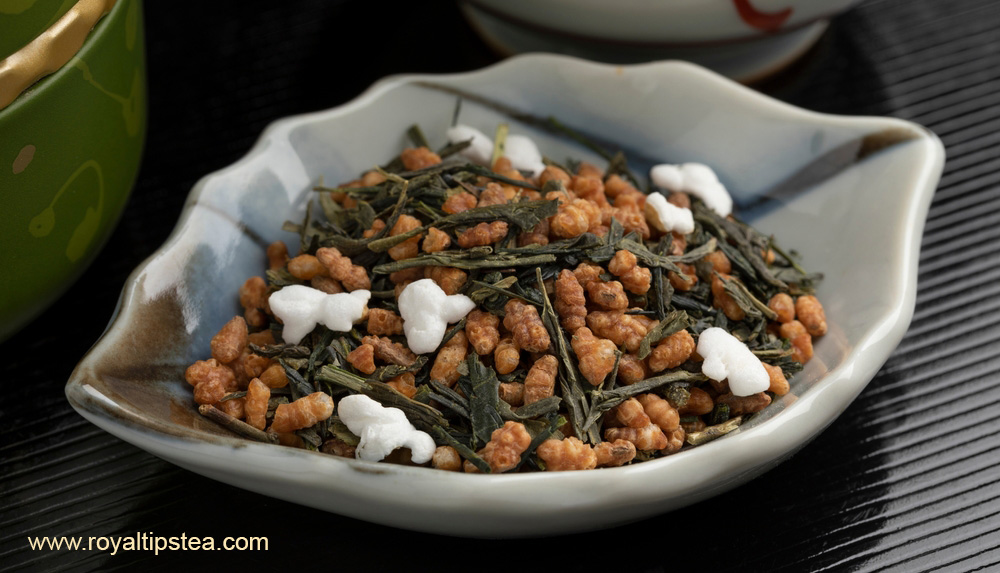
Genmaicha can be made using an ordinary Sencha, or Bancha, or Kukicha green tea to which is added roasted popped rice. ‘Genmai’can refer to brown rice or toasted white rice. One story about how it came to be made tells that in the 15th century, a servant who had stolen some rice from his master and hidden it in his sleeve, accidentally dropped some into his master’s bowl of tea. His master was very angry and is said to have immediately beheaded his servant, but then sat down to drink his tea and found that he really liked it.
Another story says that in the early 20th century, tea merchants combined their green tea with rice to make it go further during times of poverty. To make this kind of tea, the rice is soaked in water, steamed, dried, roasted and cooled. During the roasting some kernels of rice pop and so the tea is sometimes known as popcorn tea.
Matcha iri Genmaicha (also Genmaicha Matcha-Iri)
This modern mixture of Genmaicha with powdered green matcha was introduced a few years ago as a reaction to the rapidly increasing interest in matcha and its high levels of health benefits. The blend adds the pleasant nutty, toasty flavour of the Genmaicha to the slightly bitter flavour of the Matcha and makes it more palatable.

